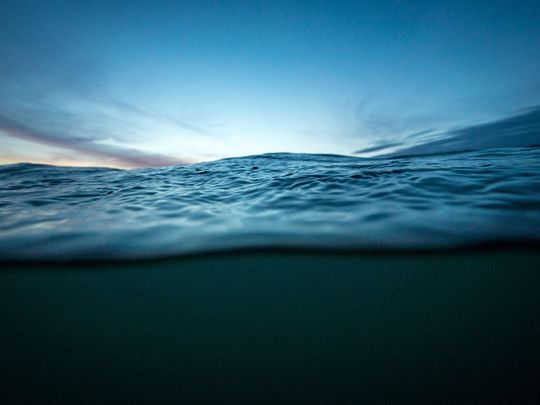
The vast, seemingly endless oceans are teeming with life. They hold some of the biggest creatures on Earth, and the smallest microorganisms. Yet, there are areas of our blue planet that have transformed into dead zones, where nothing, not even plants, can survive.
Click start to play today’s Crossword, which explores your knowledge of troubled waters around the world.
Dead zones are exactly as they sound – oceanic deserts completely devoid of aquatic biodiversity. Few or no organisms can exist in these oxygen-depleted waters, which stretch out in large swaths that can extend for several thousand kilometres.
According to a July 2019 report in the National Geographic, dead zones can occur naturally, but since the 1970s, many have become widespread as a result of agricultural practices across the world. When tonnes of fertiliser and sewage are washed into the water, the excess nutrients spark an algal explosion, creating a dead zone.
Climate change is also exacerbating the issue. Warmer water naturally carries less oxygen than cooler water, making it easier for dead zones to form, as our oceans heat up with global warming.
Imagine going about our lives while the air is slowly depleted of oxygen. That’s what happens to marine life in the oceans, when a dead zone begins to form. When water approaches two parts per million or less of oxygen (considered to be low-oxygen conditions), animals that can move away will do so immediately. Fish, crab, snails and other creatures scamper away, to waters with better oxygen levels – this becomes harder for larger animals, like marlin, to look for prey. Simultaneously, living beings that are not mobile – like underwater plants and sea cucumbers – can die. Others face developmental issues. For instance, shrimp grow more slowly or stop growing altogether.
An August 2008 study published in the US-based journal Science, found that there are over 400 dead zones around the world. The biggest – about 164,982 square kilometres large – lies in the Arabian Sea and the second largest is in the Gulf of Mexico in the US, covering almost 15,539 square kilometres.
The best way to prevent dead zones from occurring, according to the National Geographic report, is through better farm management practices and by encouraging the retaining of nutrients on land, rather than allowing nutrient run-offs into the sea. Countries around the world are starting to pay attention to the issue and are working on solutions, but it may take a long time for the world’s dead zones to clear up.
Did you know about dead zones? Play today’s Crossword and tell us at games@gulfnews.com.









